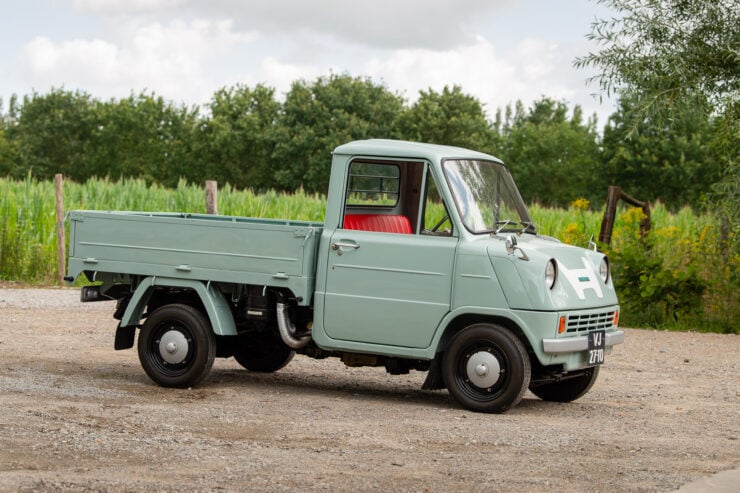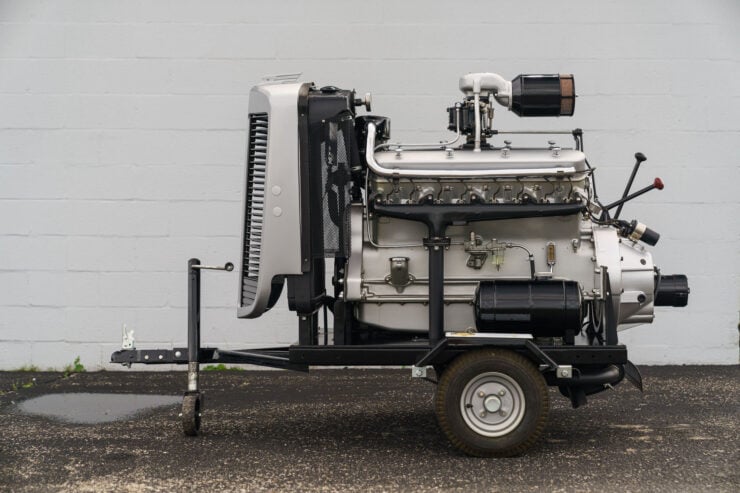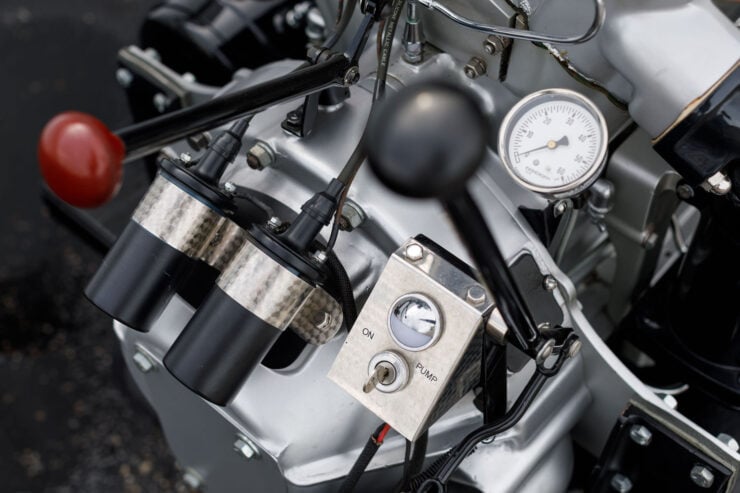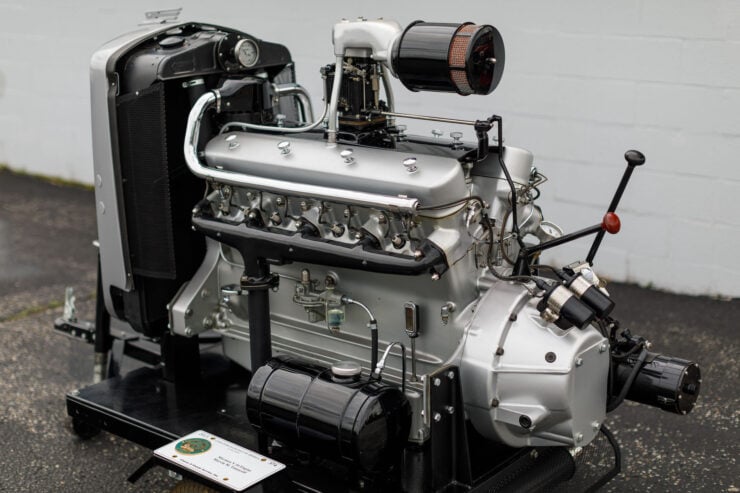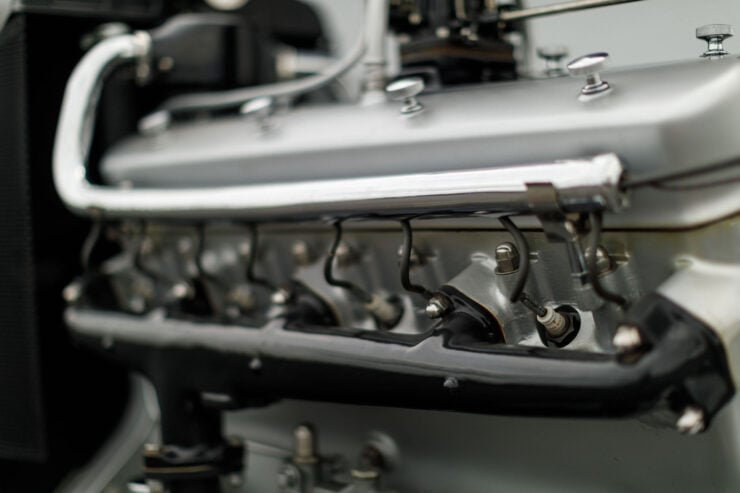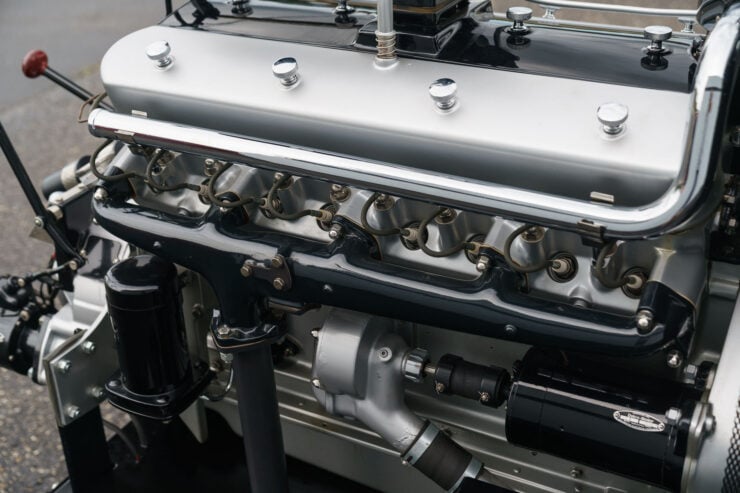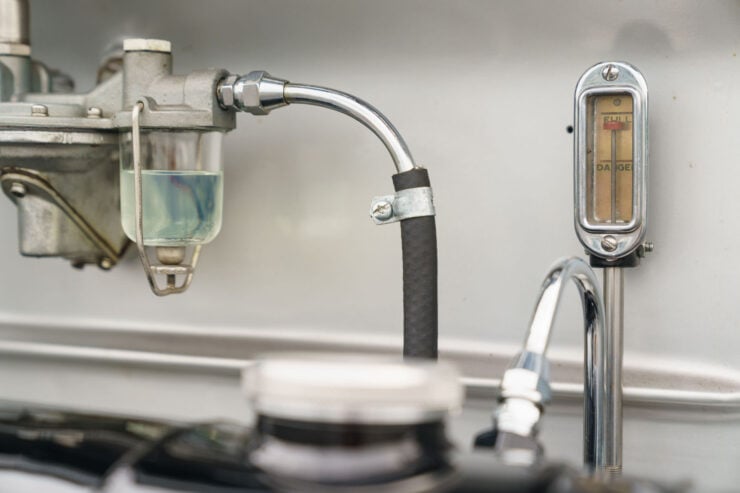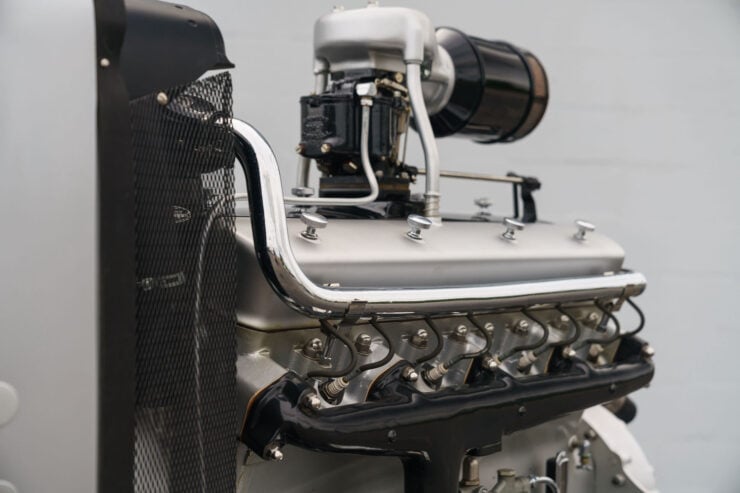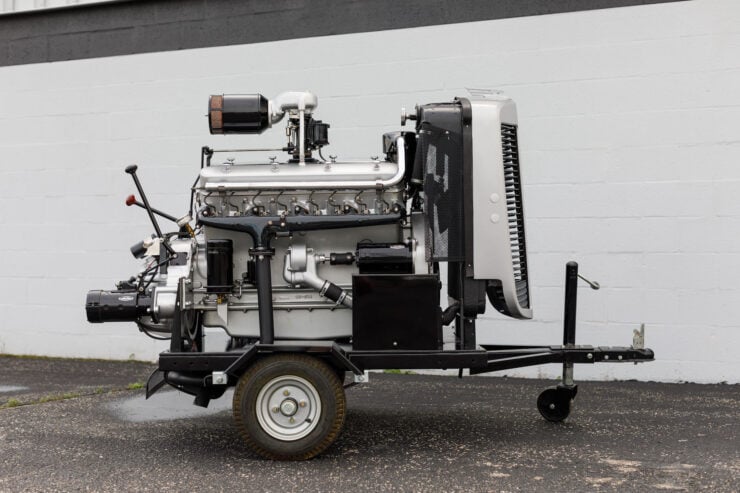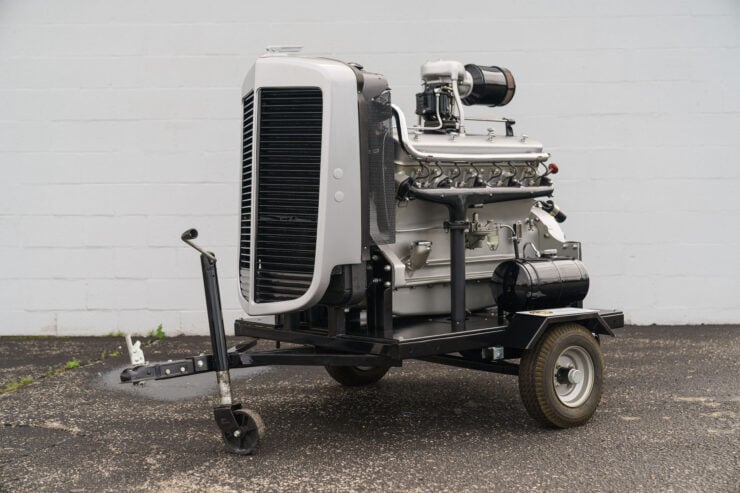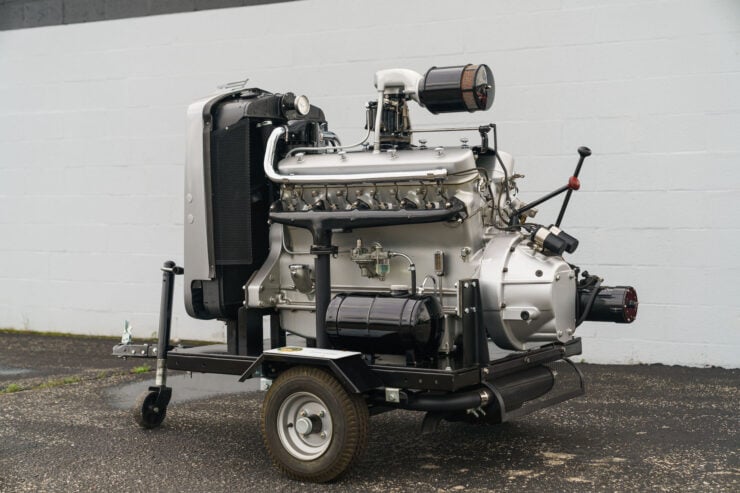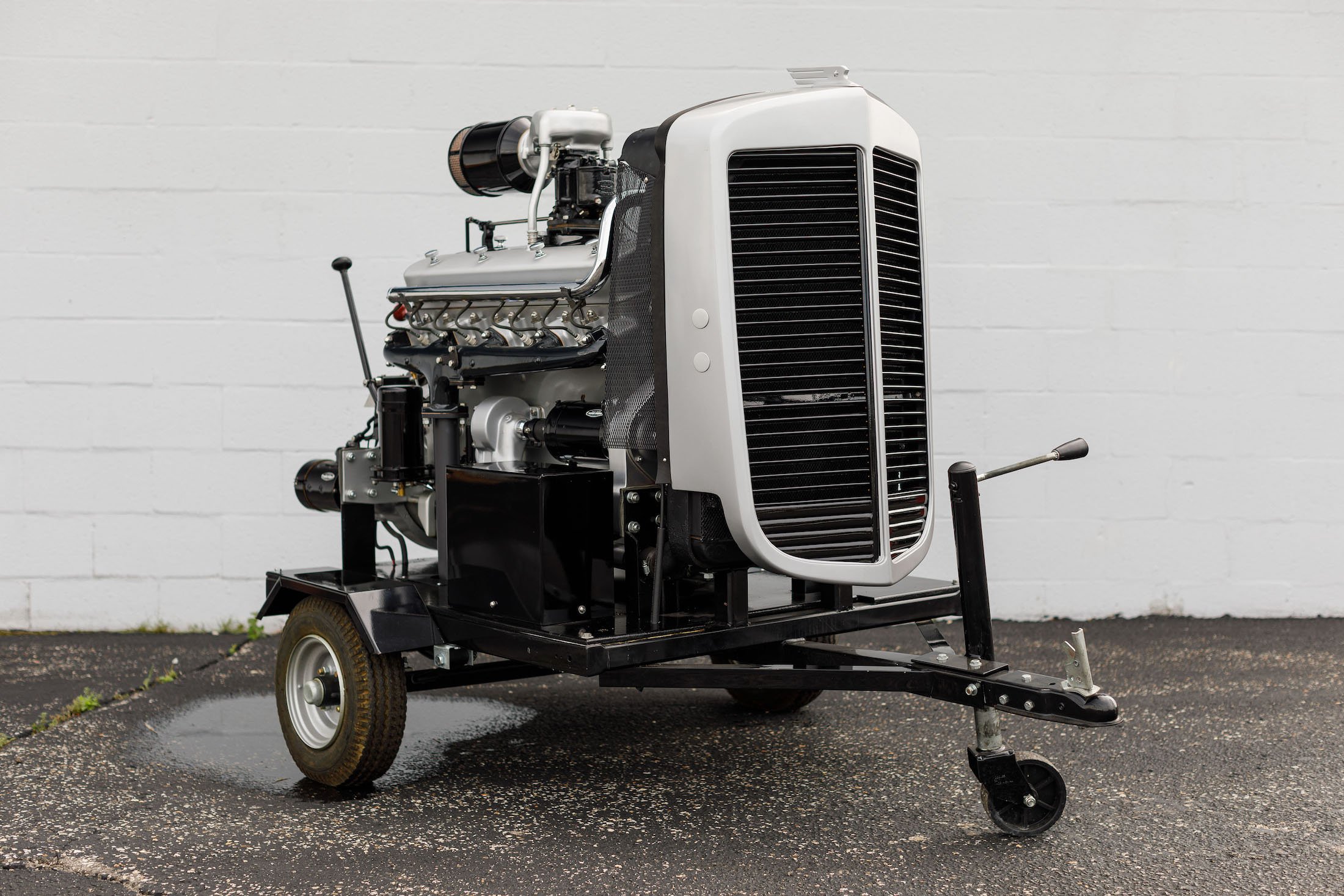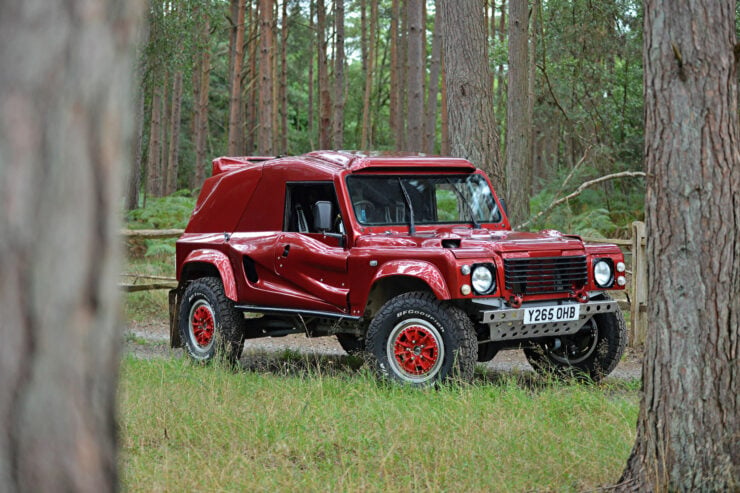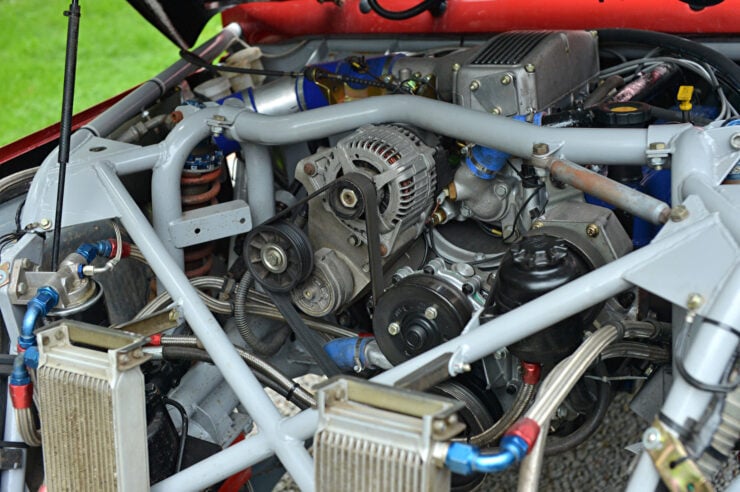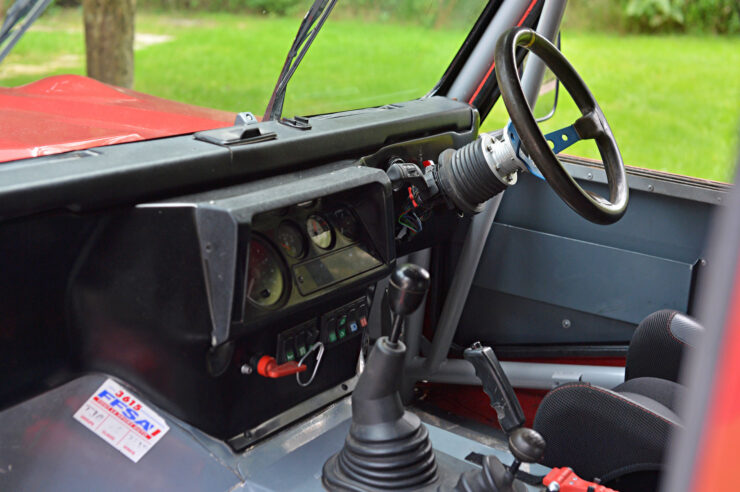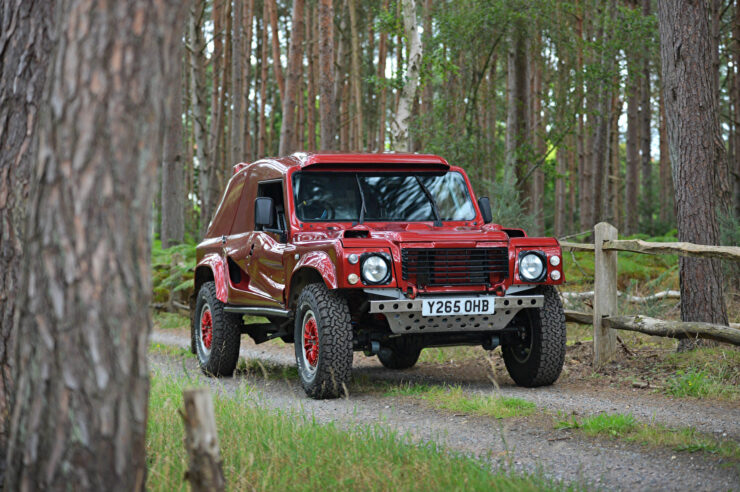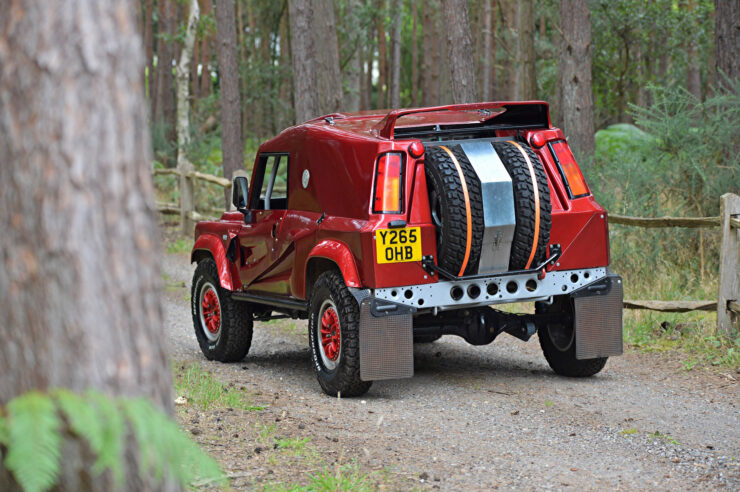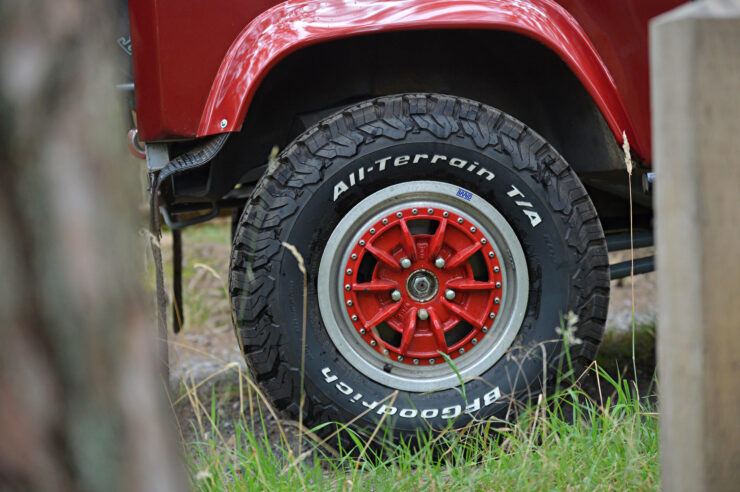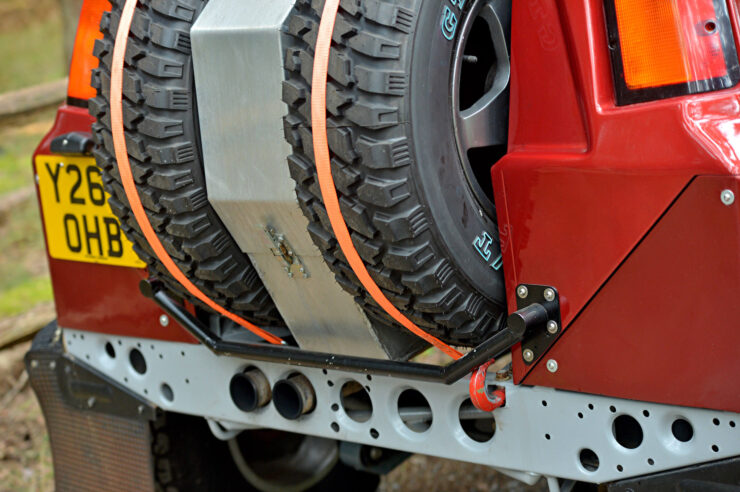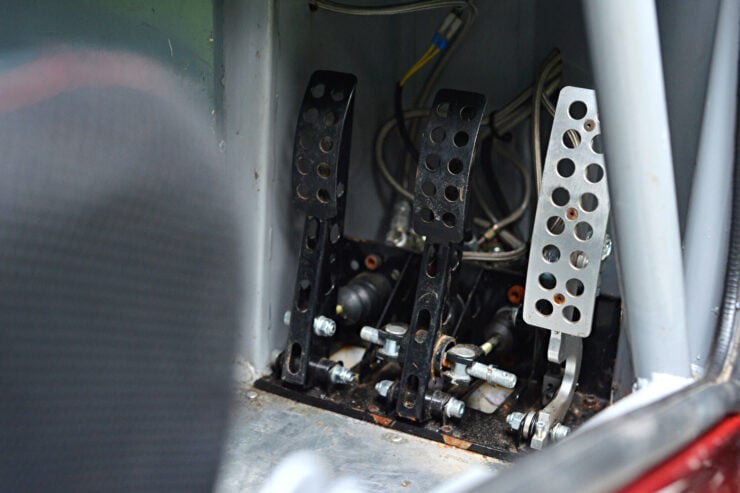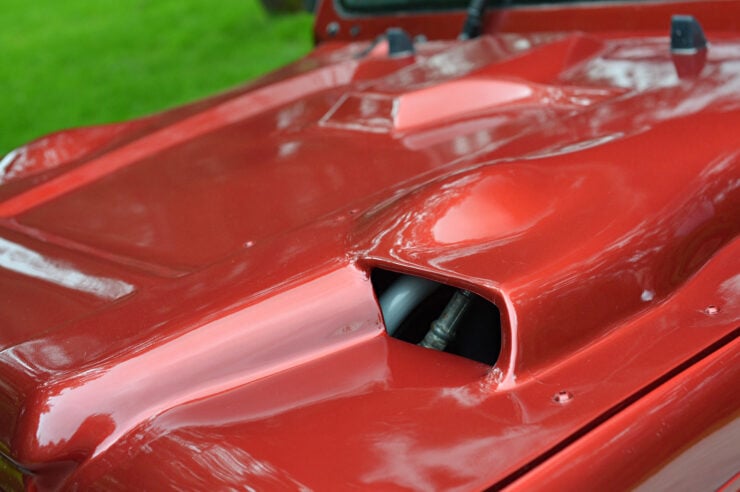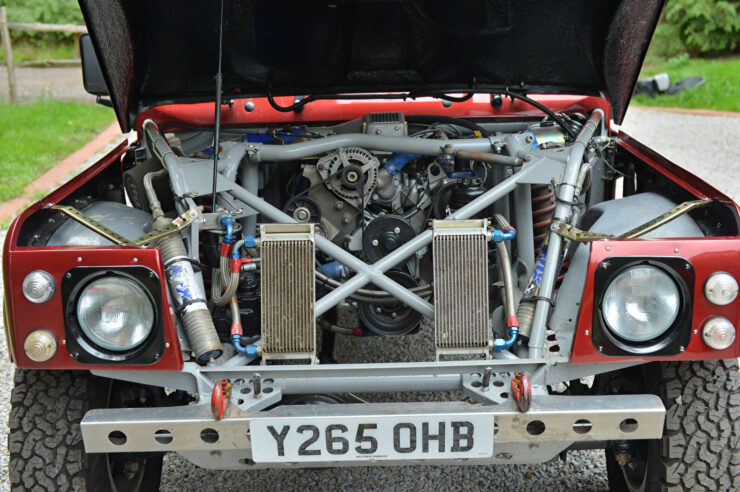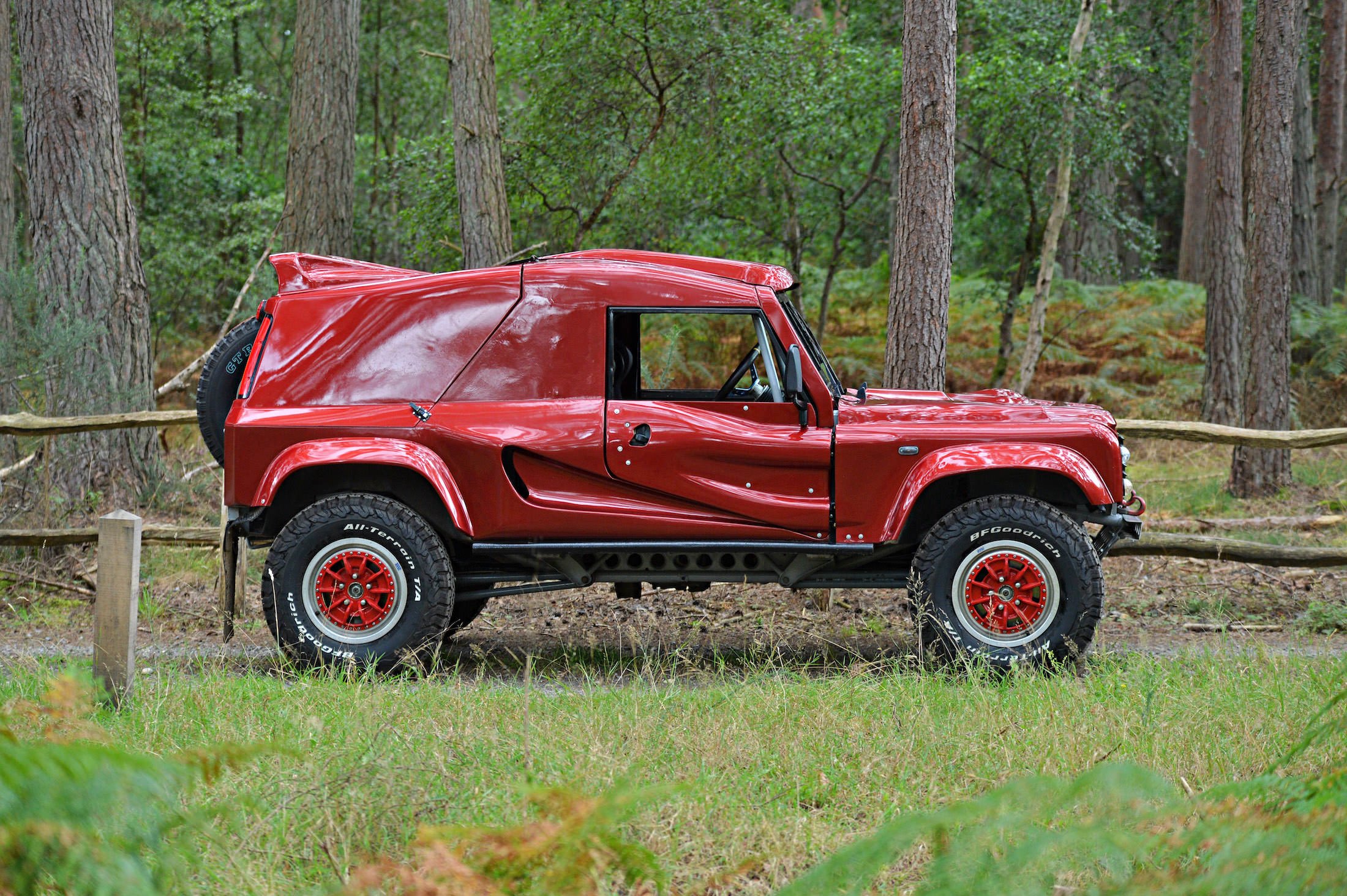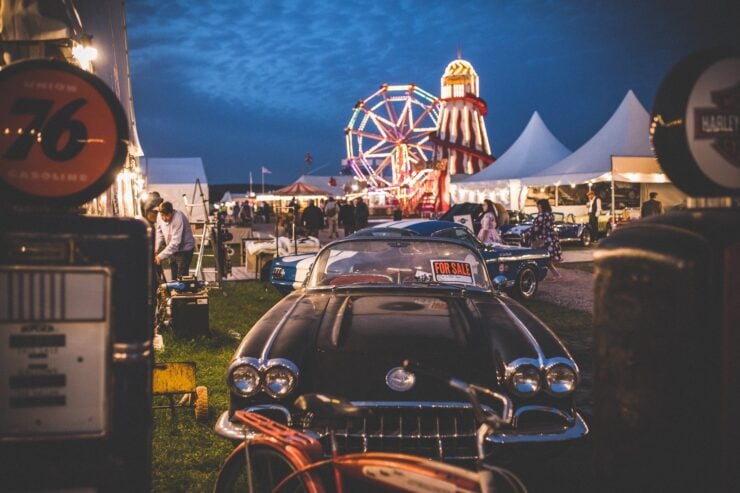When Honda debuted the T360 mini-truck in June of 1963 it became the company’s first ever production automobile, beating the Honda S500 Sports by four months. The T360 was powered by a mid-mounted, double overhead cam engine with a 9,000 rpm redline – an unusual specification for a work vehicle.
The Honda T500 was the more powerful version of the T360 that was intended for export markets, it was powered by the larger 531cc inline-four cylinder engine and was capable of 38 hp with a top speed of 65 mph.
Fast Facts – The Honda T500
- The Honda T360 mini-truck had been developed specifically to take advantage of Japan’s Kei class regulations, allowing smaller and less powerful vehicles significant tax breaks.
- The Honda T500 was developed for export markets and as such, it didn’t need to abide by Kei class rules. As a result, it’s fitted with a slightly detuned version of the engine used in the Honda S500 sports car.
- Honda had been building production motorcycles since 1949 and the engine in the T500 reflected this, it’s an advanced DOHC inline-four with a 9,000 rpm redline.
- The Honda T500 offers seating for two in its small cab, it has a 400 kg (882 lb) load capacity, and the engine is accessed by lifting up a bench inside the passenger compartment.
Humble Beginnings: The Honda T360 + T500
When Honda debuted the T360 in 1963 the world outside of Japan took very little notice. It was a small, lightweight truck designed to meet Japanese Kei car regulations, which limited engine power and offered appealing tax breaks.
Between 1963 and 1967 Honda would sell over 108,000 examples of the T360, all painted in the same shade of blue, and thanks to its engine that was shared with the Honda S360 sports car it became known as a “sports truck.”
Honda’s main source of income was small-capacity motorcycle sales to export markets, and so it makes sense that they would create a version of their new truck for export markets. Without needing to meet Kei car regulations they were free to use a more powerful engine, an important addition as many overseas markets would require higher speeds.
As with its smaller-engined forebear, the Honda T500 is fitted with a DOHC inline-four cylinder engine mated to a four-speed manual transmission with power transmitted to the rear wheels. The mid-mounted engine is installed at an almost 90º angle and it’s accessed by lifting the bench seat in the cab.
When ordering your new Honda T500 you could choose between a conventional pickup body or the folding side flatbed for easy loading and unloading. Interestingly there was also a snow crawler version of the T360 offered, with tracks on the rear axle rather than wheels, however very few are thought to have been sold.
Honda entered Formula 1 in 1964 with the Honda RA271, they had first entered the world of international motorcycle racing at the Isle of Man TT in 1959, and by 1961 Mike Hailwood was claiming Grand Prix victories in the 125cc and 250cc classes.
As a result of this, motorsport fans around the world were already very familiar with the Honda name by the time the Honda T500 began appearing in limited numbers in showrooms.
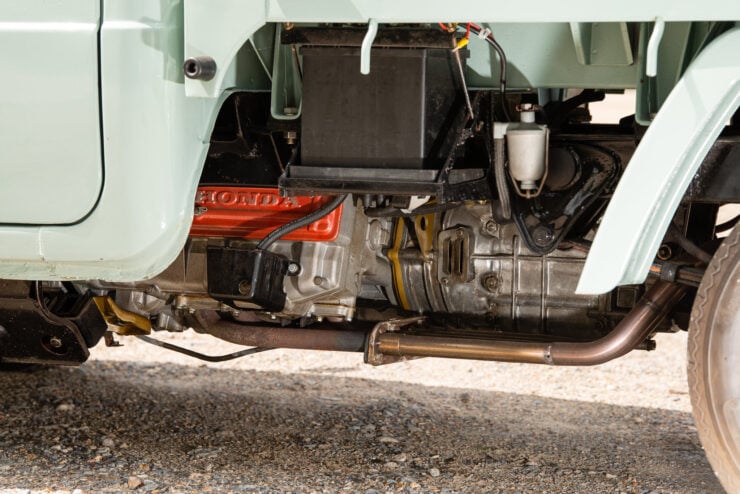
The engine and gearbox are mounted low in the mid-position for the best possible weight distribution.Over the course of the 1964 to 1967 production run of the Honda T500 just over 10,000 would be built, far fewer than the T360, making the T500 highly desirable to modern collectors.
The Restored Honda T500 Shown Here
The Honda T500 you see here is a restored example currently residing in Europe. This is an original European-delivered truck, imported by Honda Benelux in the 1960s.
It now benefits from a restoration back to original condition that was completed a few years ago, with a small amount of patina beginning to show now.
This Honda T500 is now for sale through the Bonhams Marketplace, if you’d like to read more about it or register to bid you can click here to visit the listing.
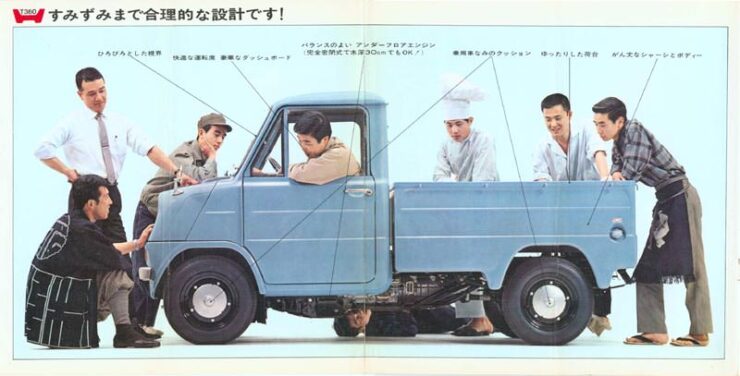
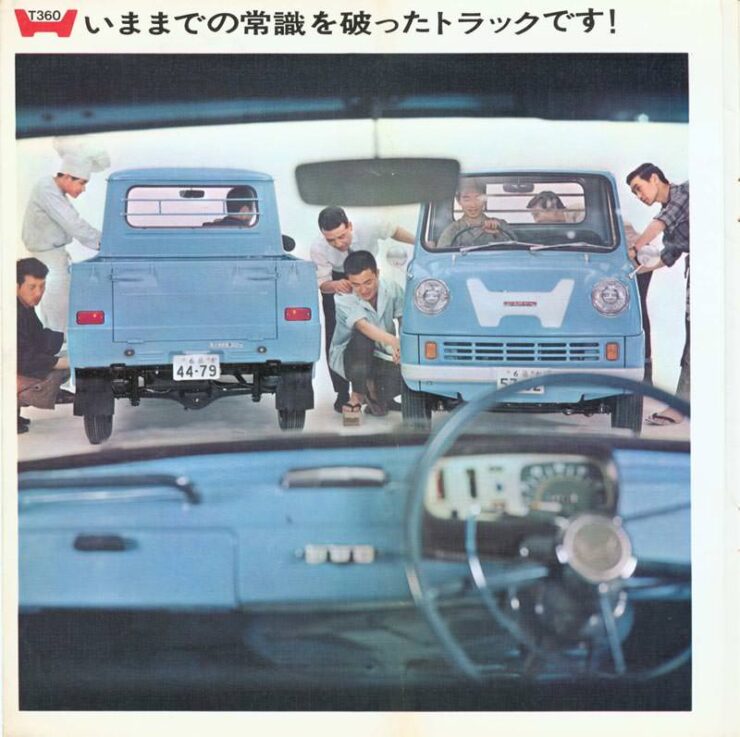

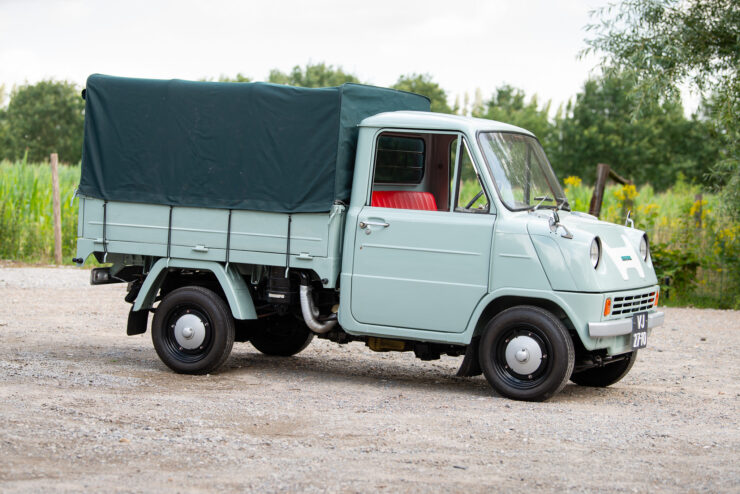
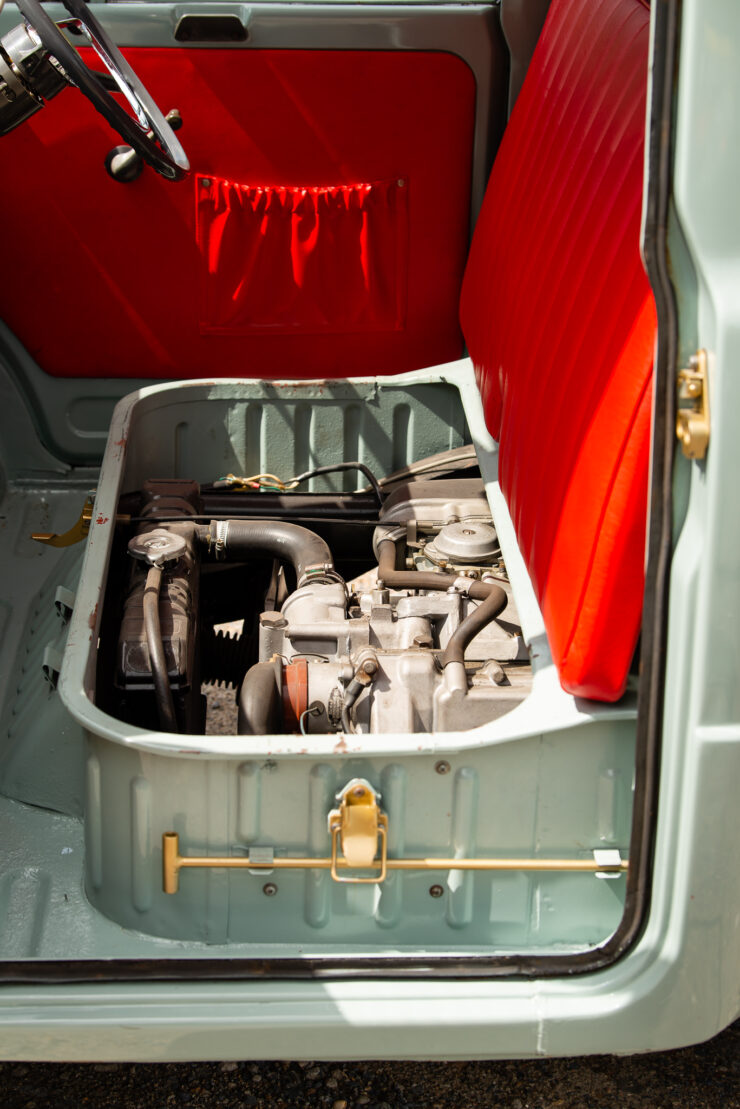
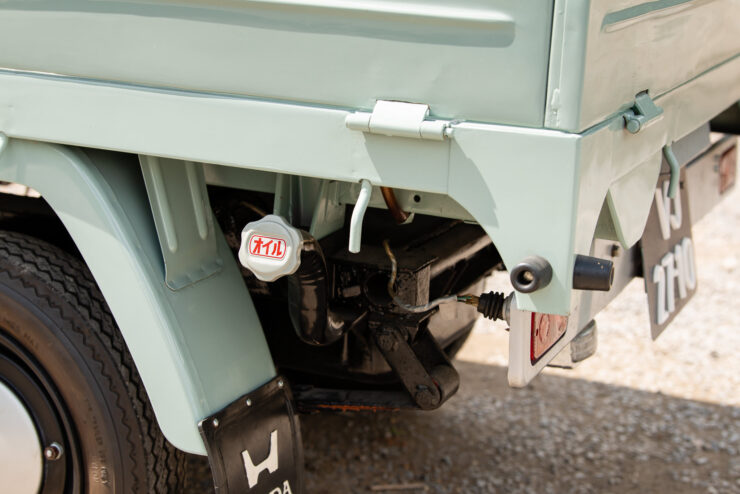
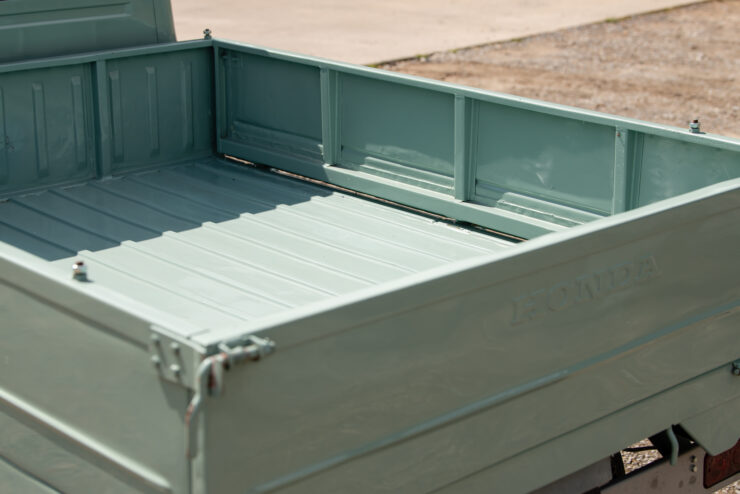
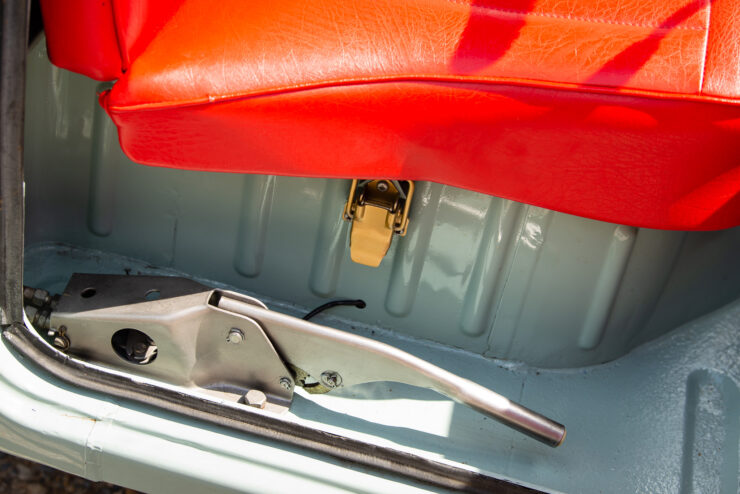
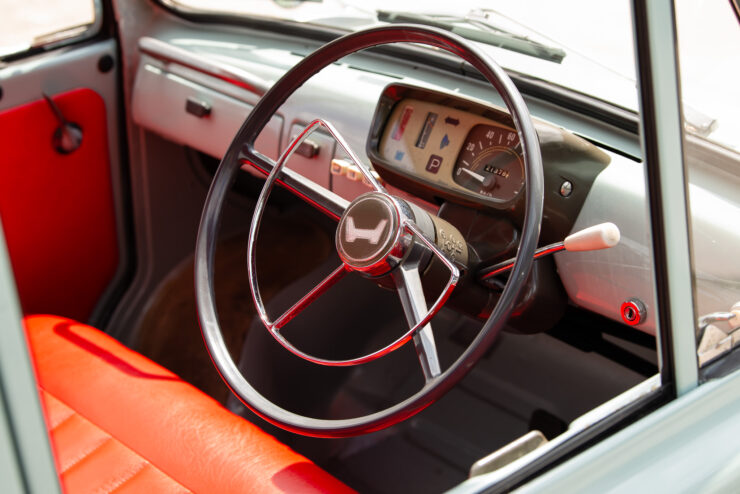
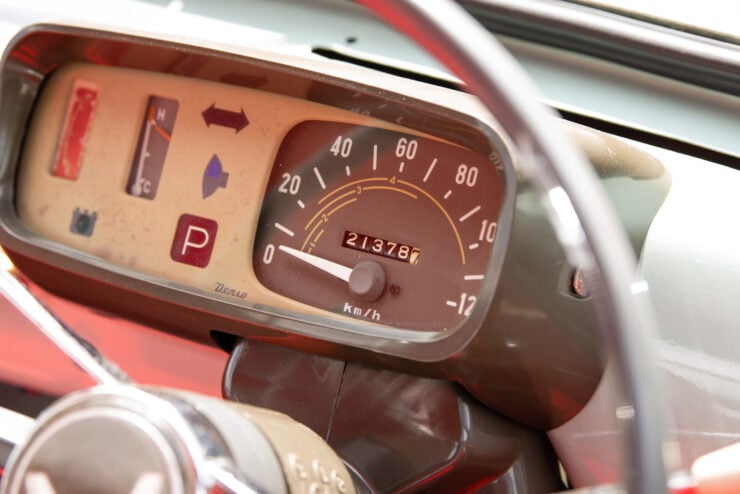
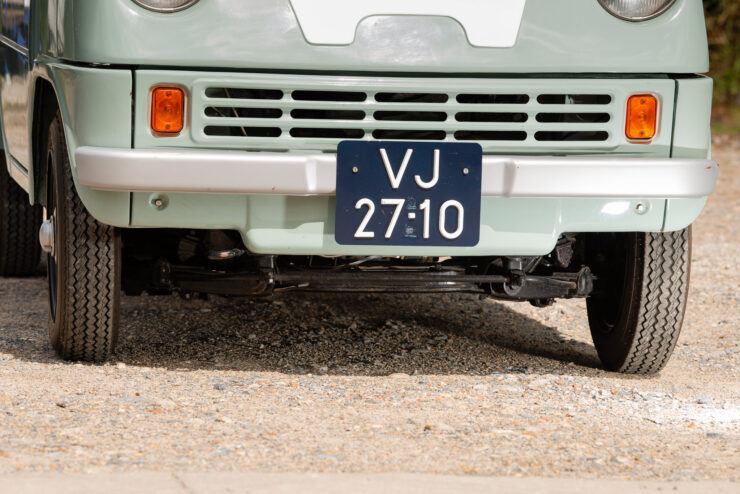
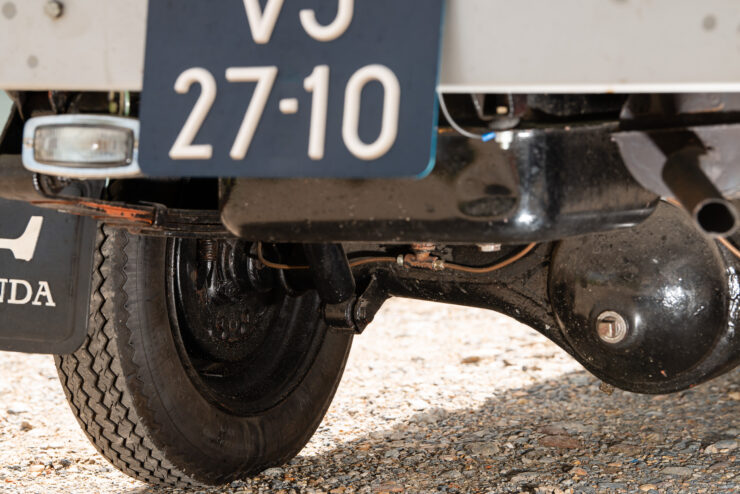
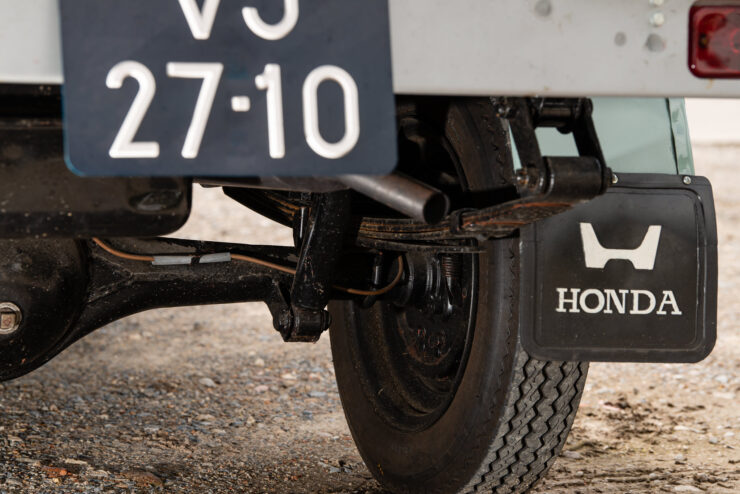
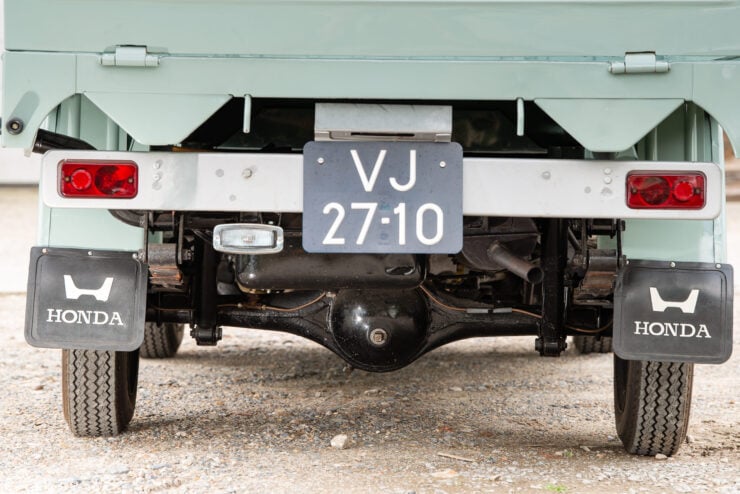
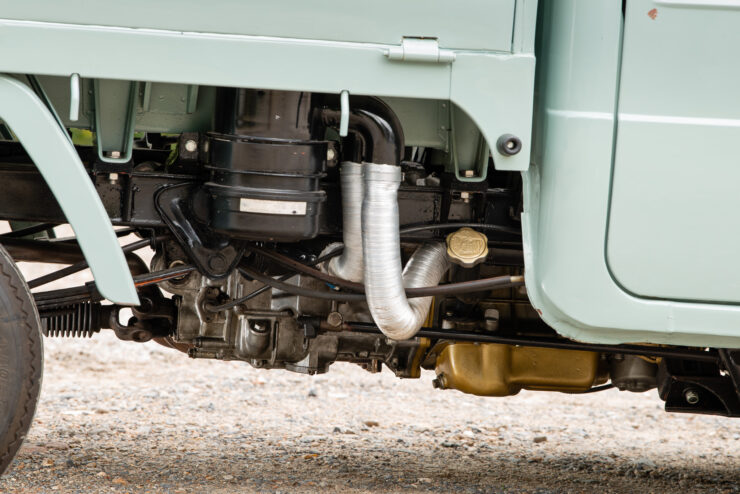
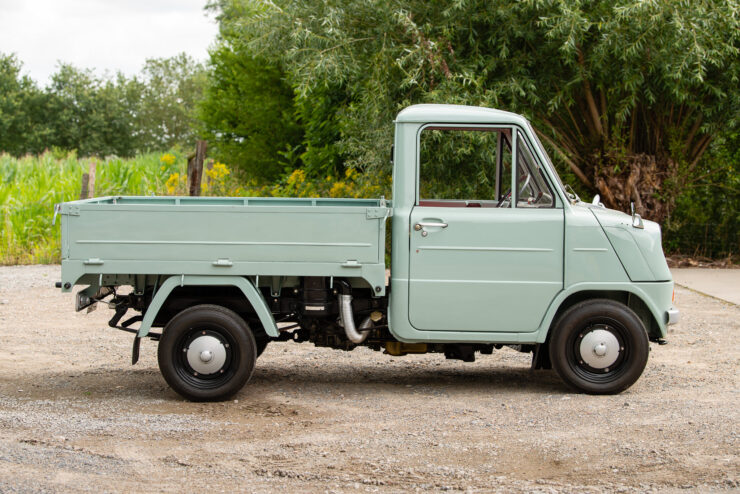
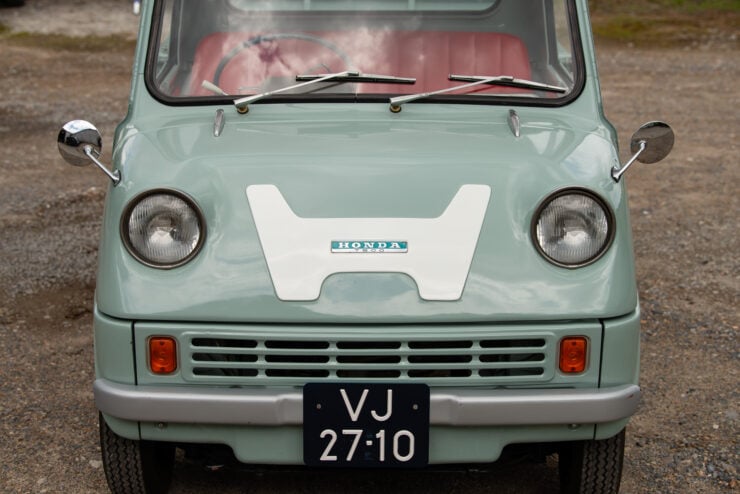

Images courtesy of TVP Classics
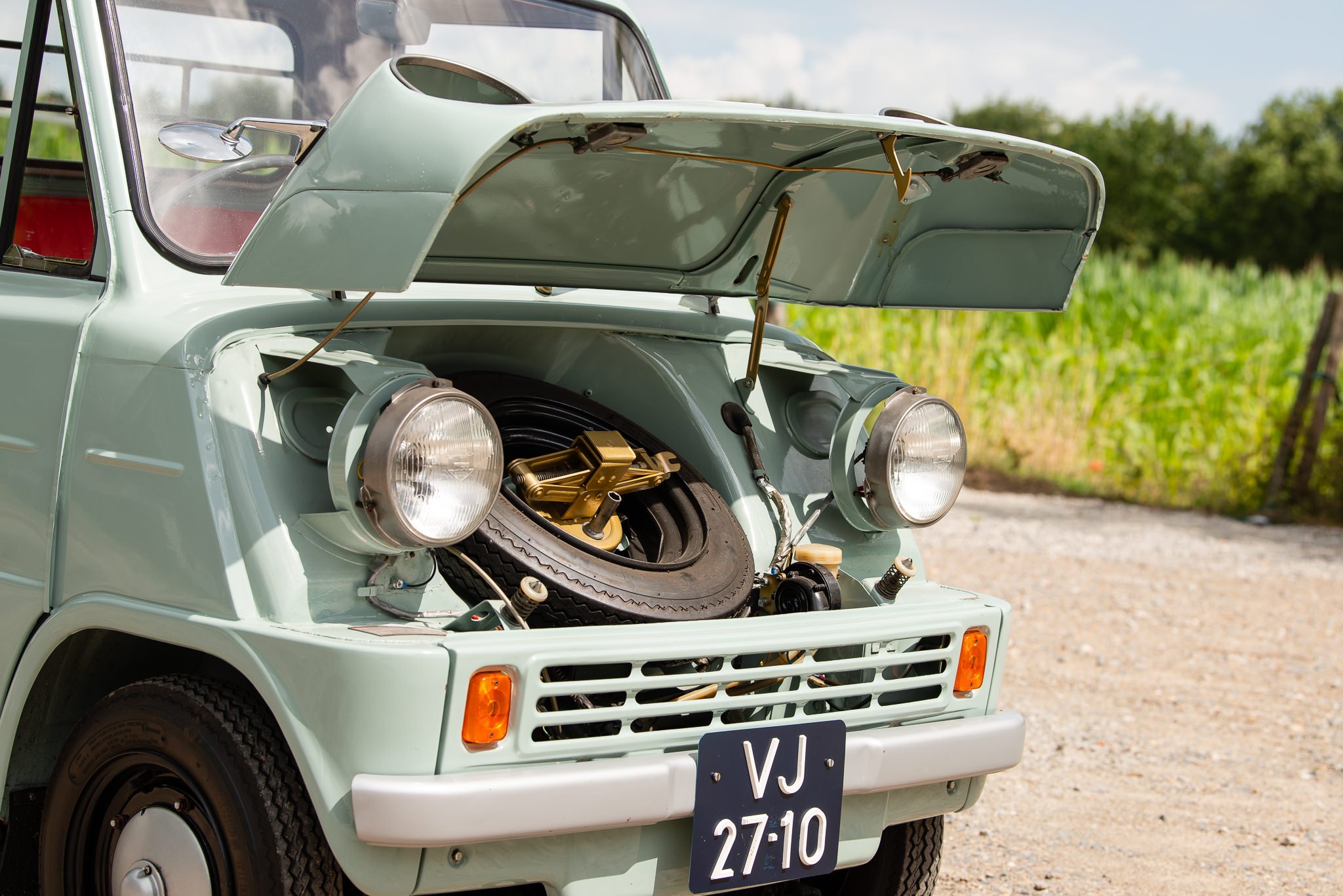
The post The Honda T500: A Mid-Engined Truck With A 9,000 RPM Redline appeared first on Silodrome.
from Silodrome https://silodrome.com/honda-t500-truck/
via gqrds
